Are you impressed by online media outlets or "social media gurus" that first promise to deliver millions of impressions? You shouldn't be because today's online world has failed to properly define how to measure those impressions. In traditional advertising the value of an impression is a fairly meaningless measurement. Print media provide circulation and pass along readership figures, while radio and television stations provide target audience rating points and can calculate reach and frequency.
Even with measurement systems more consequential than gross impressions, there are still several problems with their real values. A newspaper might say it has a potential readership of "x" amount, but how many of those people are seeing the specific page or actually looked at a specific ad? The same is true for electronic media that promise a certain size audience. Super Bowl advertisers paid millions of dollars for thirty seconds of airtime, but how much of the promised audience was actually in the room and paying attention when their ads ran?
Since the online world does not currently have any standards when it comes to determining effectiveness, calculating impressions with today's online media is even more dubious. Anyone can promise millions of impressions and advertisers apparently willingly stand in line to spend their money. Beware! Big impression counts don't mean high audience reach. In dozens of campaign tests spanning many websites, Nielsen consistently found that while the web can deliver many millions of impressions, only a small amount reach the desired target audience.
Add to this mishmash that an online media impression may be counted for an ad that is not fully in view. Yes, those partial view seats at the theater that are not full price, well, on the Internet you may just pay full cost per impression, even though that served ad is not fully in view. Online advertisers are trying to get a handle on viewable ad impressions with the "Making Measurement Make Sense" (3MS) initiative, but the pilot uncovered challenges regarding the number of impressions that could not be measured for viewability.
When the discussion is more focused to social media, the lack of value for online impressions becomes even more pronounced. One just need look at how our well-known social media experts are calculating impressions. Current wisdom has a blissfully simple, yet totally useless, formula: the number of followers multiplied by number of tweets. So, for example, if someone with 10,000 followers sends out one tweet, the assumption is that there are 10,000 online impressions. Even supposed measurement tools like Hashtracking.com and TweetReach don't take two very important points into consideration:
- the number of active users (followers) at the time a Tweet is sent; and
How Should Brands Really Measure Social Media Effectiveness?
In late 2011, Seth Godin posted a blog called "Moving Beyond Impressions," in which he talked about how commonplace it had become for online advertisers to brag about getting millions of impressions. Instead of impressions, Godin recommended focusing on perception and interaction, but apparently nobody was listening. Given that interaction is a primary goal of social media, measurement tools need to be created that take into account the power of social media influencers to affect behavior.
There has also been some fanfare about Nielsen's relationship with Facebook. The two companies announced an alliance to "help marketers better use the Internet." Not surprisingly, their product, Nielsen BrandLift, promises to provide a tool for measuring the effectiveness of advertising, but only on Facebook. In a seeming contradiction, last October, Facebook itself said that reach, frequency, and impressions matter more than clicks, but again only as they relate to paid advertising.
All of this dysfunction and uncertainty in measurement should ultimately serve as a wake-up call to brand marketers that the concept of measuring online impressions really means nothing at all, especially when it comes to social media. What brands should really focus on measuring are relationships, engagements, actions taken, increased revenue, and so on. These are signs that the social in social media is being used properly.
A brand should not be concerned about the number of "likes" it gets on Facebook as much as the number of its Facebook followers that are willing to provide a recommendation to a friend. A tweet to a thousand followers that take action is more valuable than a tweet to a million followers who take no action. And a social media influencer who can't motivate his or her followers to change their behavior regarding a brand is of no value to that brand at all.
Don't be confused by the apparent ability to suddenly measure online impressions. Dig deeper and find out what they are really promising to measure before investing any marketing dollars.
